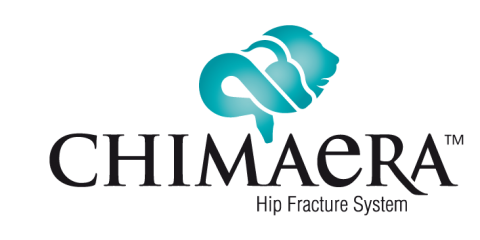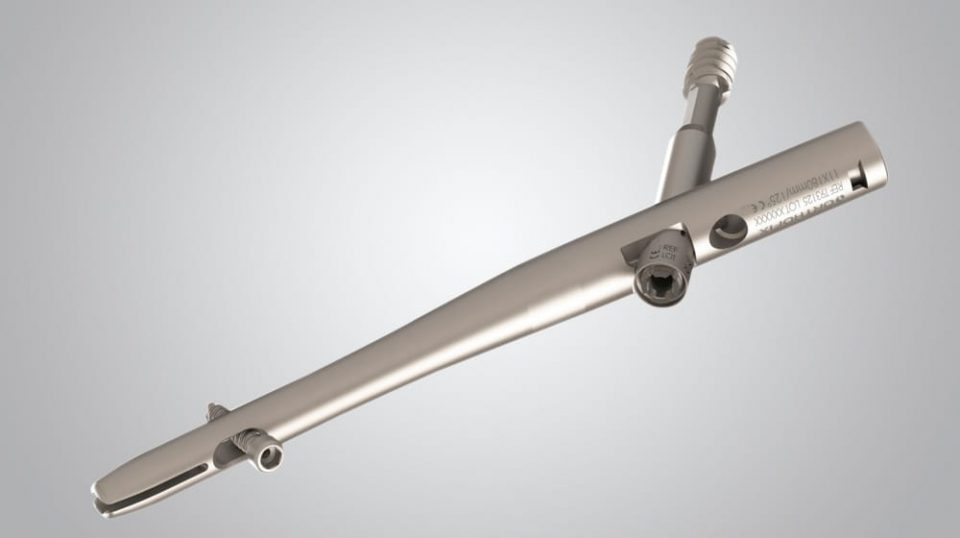Indications
The Orthofix Chimaera Hip Fracture System – trochanteric nailing system is indicated for treatment of stable and unstable pertrochanteric, intertrochanteric and subtrochanteric fractures of the femur alone or when these fractures occur in combination with shaft fractures extending distally to a point approximately 10cm proximal to the intercondylar notch. These includes traumatic fractures, re-fractures, non-union, reconstruction, malunion, malalignment, pathological fractures and impending pathological fractures.
Stable or unstable pertrochanteric, intertrochanteric and subtrochateric fractures can be treated either with a short or a long nail. When these fractures occur in combination with femoral shaft fractures the use of a long nail is recommended.
Note: A sliding lag screw should be used when it crosses the fracture line. Otherwise, the use of a fixed lag screw is recommended. Distal locking is available in static or dynamic configurations. In the case of transverse subtrochanteric fractures dynamic distal locking is recommended.
Contraindications
The Orthofix Chimaera Hip Fracture System – trochanteric nailing system is not designed or sold for any use except as indicated. Use of the Intramedullary Nailing Implants is contraindicated in the following situations:
- Active or latent infection in the affected area.
- General medical conditions not suitable for surgery.
- Suspected or documented metal allergy or intolerance.

